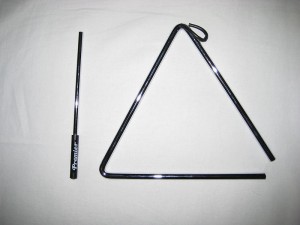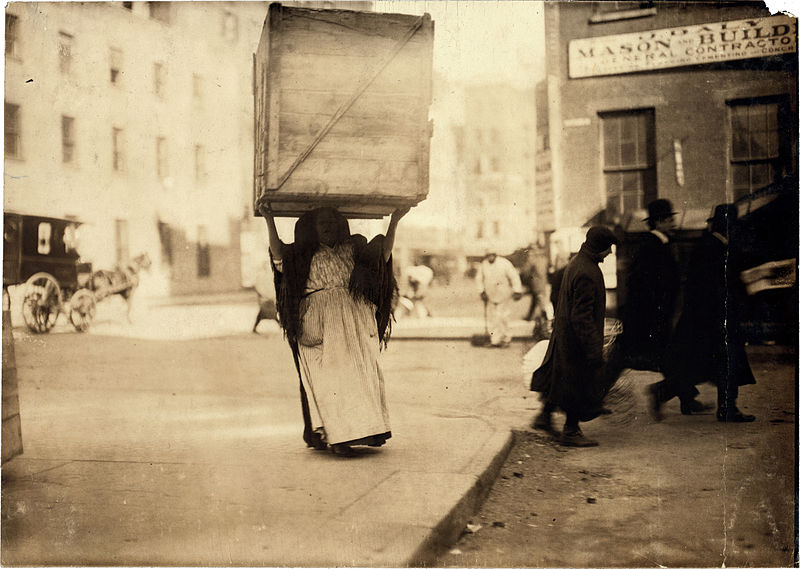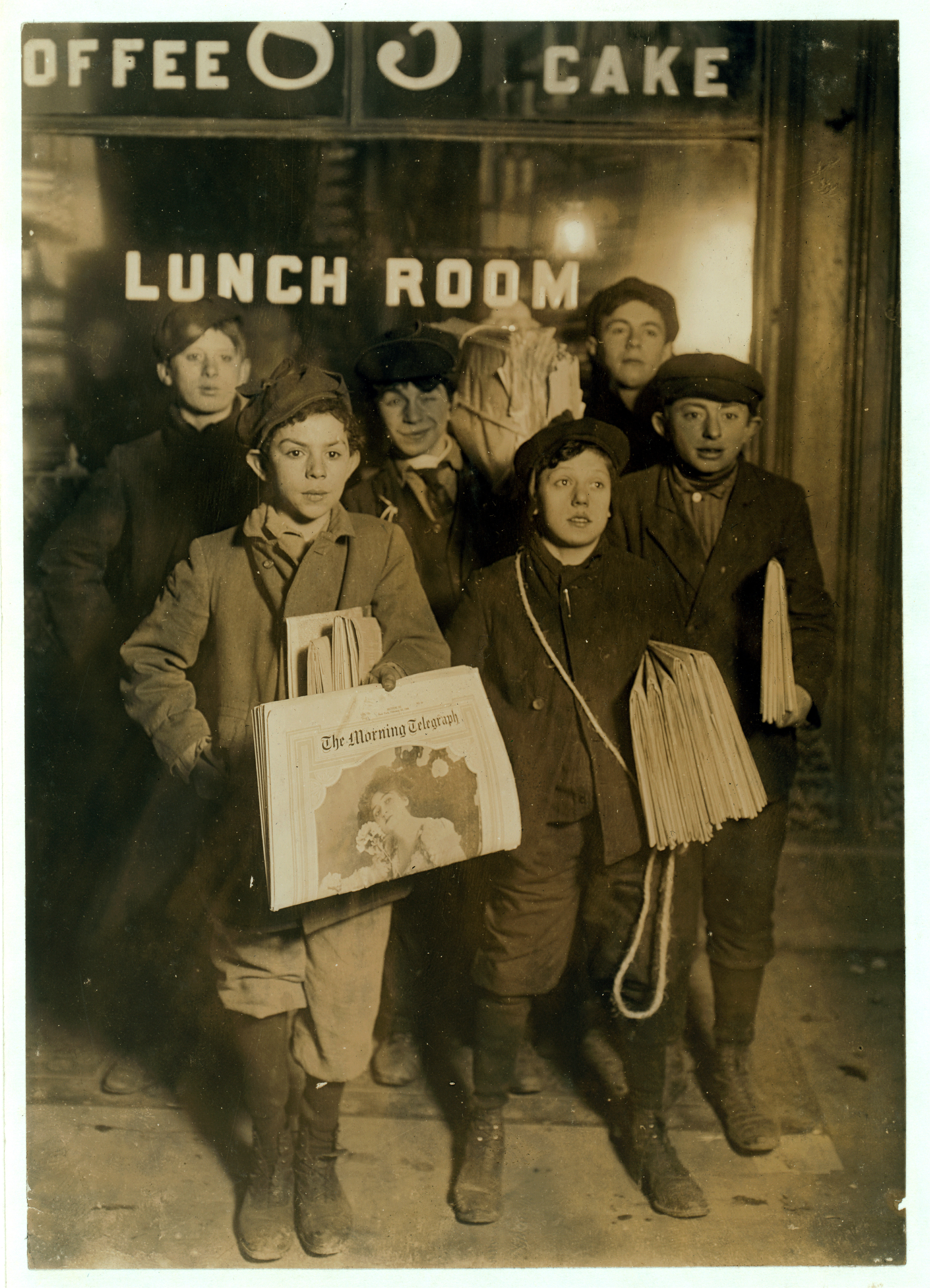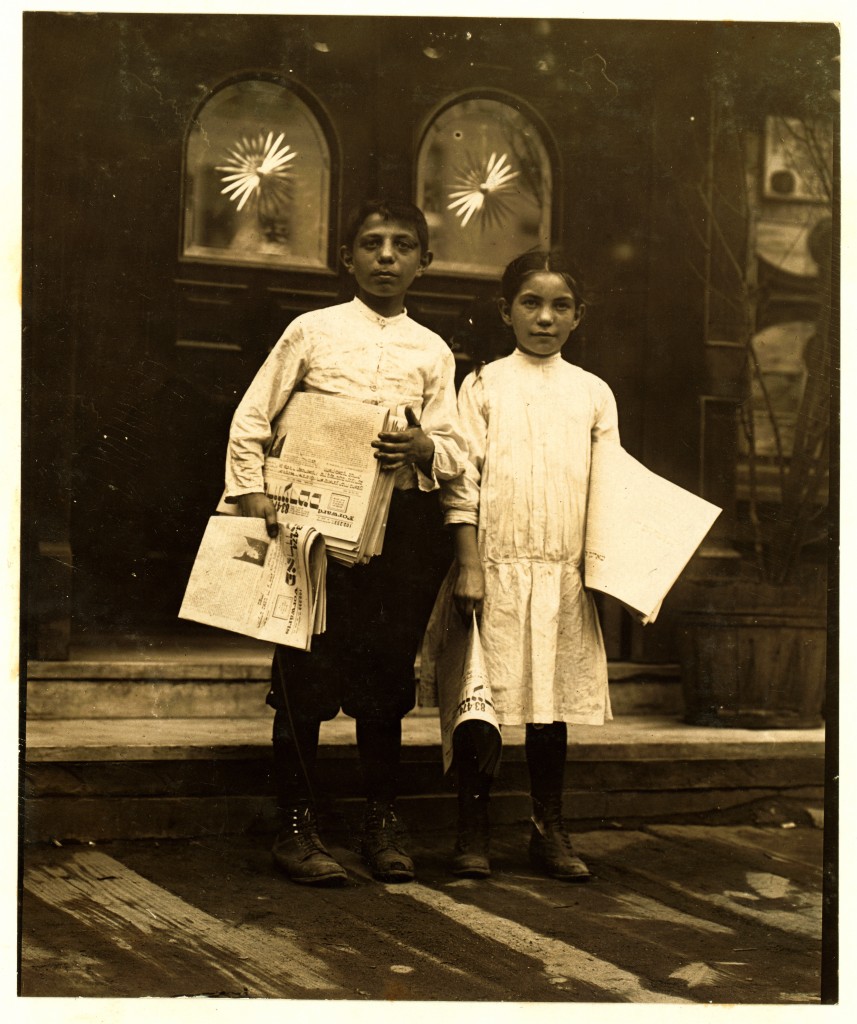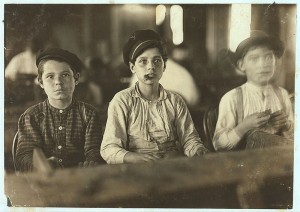
"Everybody has seen these little waifs at watering places, on cars, steamers, and to every crowd of people where there was a chance to earn a few pennies." (Image by Lewis Hine.)
The August 21, 1873 edition of the Brooklyn Daily Eagle published a disturbing story about a child-smuggling ring that supplied New York City ringleaders with waifs to play music on the street and earn money. An excerpt:
“The examination of the case of Vincenzo Motto, of 45 Crosby Street, New York, who is charged with violation of the Civil Rights bill by kidnapping Italian children, bringing them to this country and compelling them to earn a living for him by performing on instruments in the streets, was resumed yesterday before Commissioner Osborn, in the United States District Court, New York. Everybody has seen these little waifs at watering places, on cars, steamers, and to every crowd of people where there was a chance to earn a few pennies by rasping “Old Dog Tray” and kindred tunes out of a cracked violin in the most persistent manner. It is only recently, however, that public attention has been called to the secret history of their lives here and the cause of their presence.
Some time since one of these little musicians ran away from the ‘padrone’ with whom he lived, and by whom he was brought to the country, and from the statements made by him to authorities, it appeared that all these little musicians were owned by a company in New York. They had agents in Italy, who purchased the children from their parents, and when that was not possible, kidnapped them, and sent them out here consigned to some padrone who was a member of the fraternity, and who owned when as much as any slaveholder ever owned his negro.
The unfortunate children, who were subjected by the lazy padrones in order to make them return so much money every day, excited a storm of public indignation, and it is expected that the present proceedings will result in breaking up the whole thing and emancipating hundreds of these unfortunate little fellows, from their brutal taskmasters.
In the examination yesterday, the principal witness was the boy Joseph, one of the complainants against Motto, and his testimony which shows the working of the system was as follows:
I am twelve years old; I came to the United States three years ago, and have been here during that time; I came to this country with my master Vincenzo Motto; I used to live at Cavalli, Italy; the defendant is here (points him out); I left Naples to come to this country; I first met the defendant at my mother’s house; he said to me, ‘You come to my house, and I will let you come back in the evening’; he made me walk all night to Naples, and there I was put on board the steamer, and I came to New York with the defendant; as soon as we got to New York I was taken to Crosby Street, and he kept me one day at the house; the defendant brought three more boys with me; after the first day he sent me out in the streets with other children to play the triangle; he told me to stick with the other children; he afterwards told me to bring home money; he told me this the next week; he sent me out as early as seven o’clock in the morning; he gave me bread for breakfast and told me to come back with the other children at night; I never come home without bringing money; Motto gave me bread and cheese; he did not give me my clothes; he was kind to me at first; then he beat me in the morning and in the evening; he beat me and kicked me; he tied me up with a big cord and kept me in the cellar all day; he bit me; he bit my ear one year ago because I did not bring home much money; I left my master one year ago because I had no money to bring home; I went to sleep in the cars at the depot; a lady, Mrs. McMonoho, now present, took care of me; I do not remember my home.”

